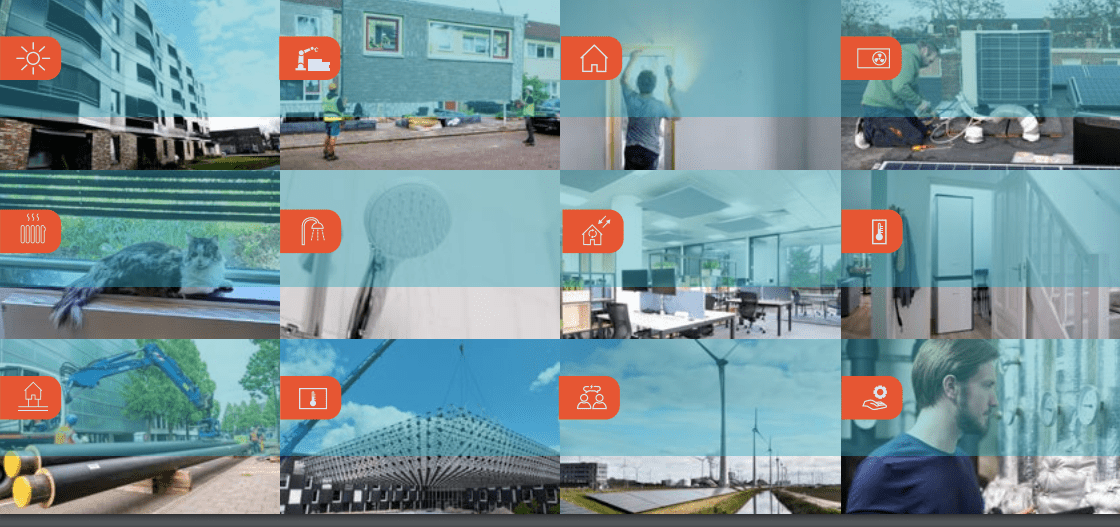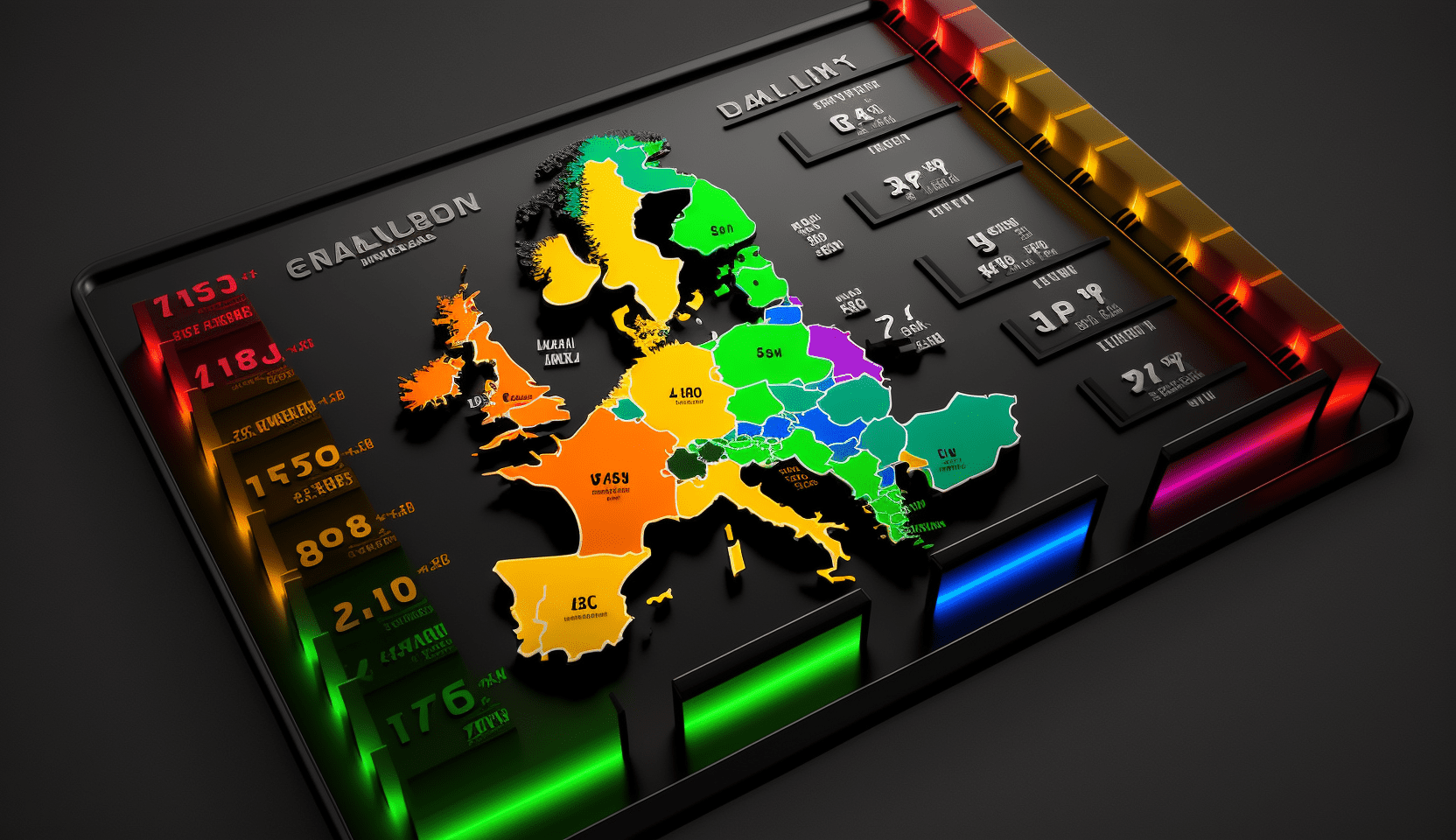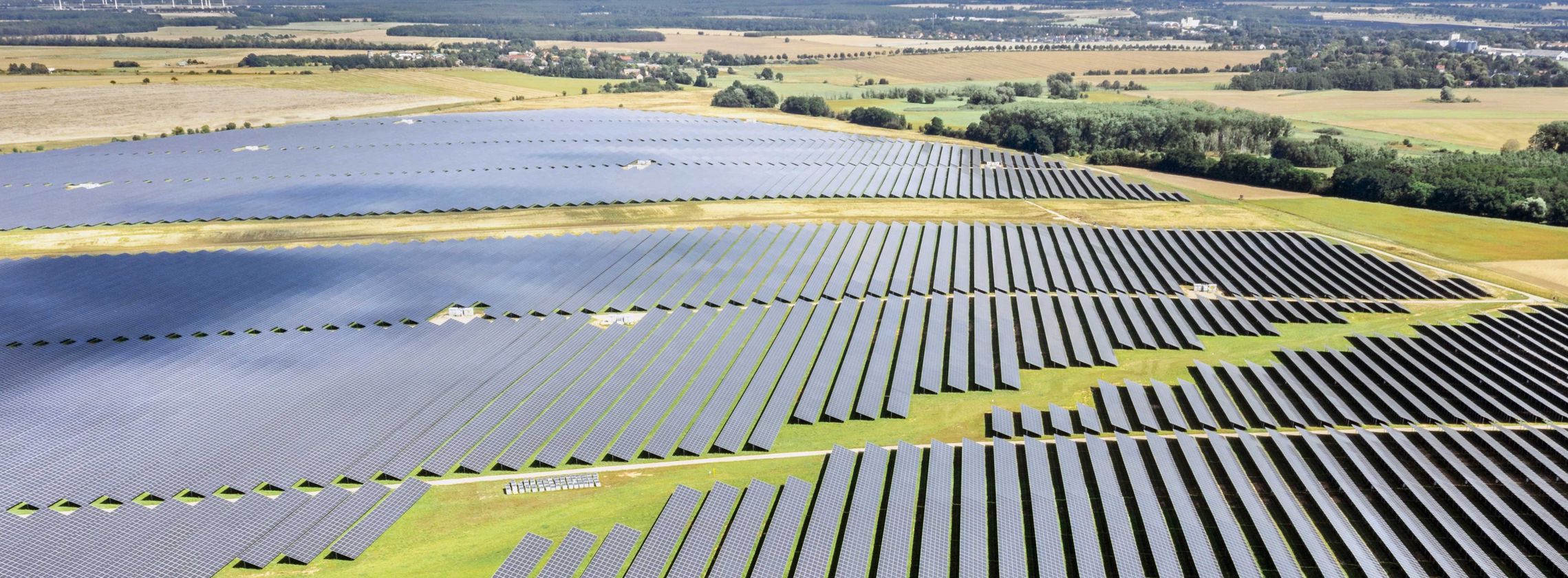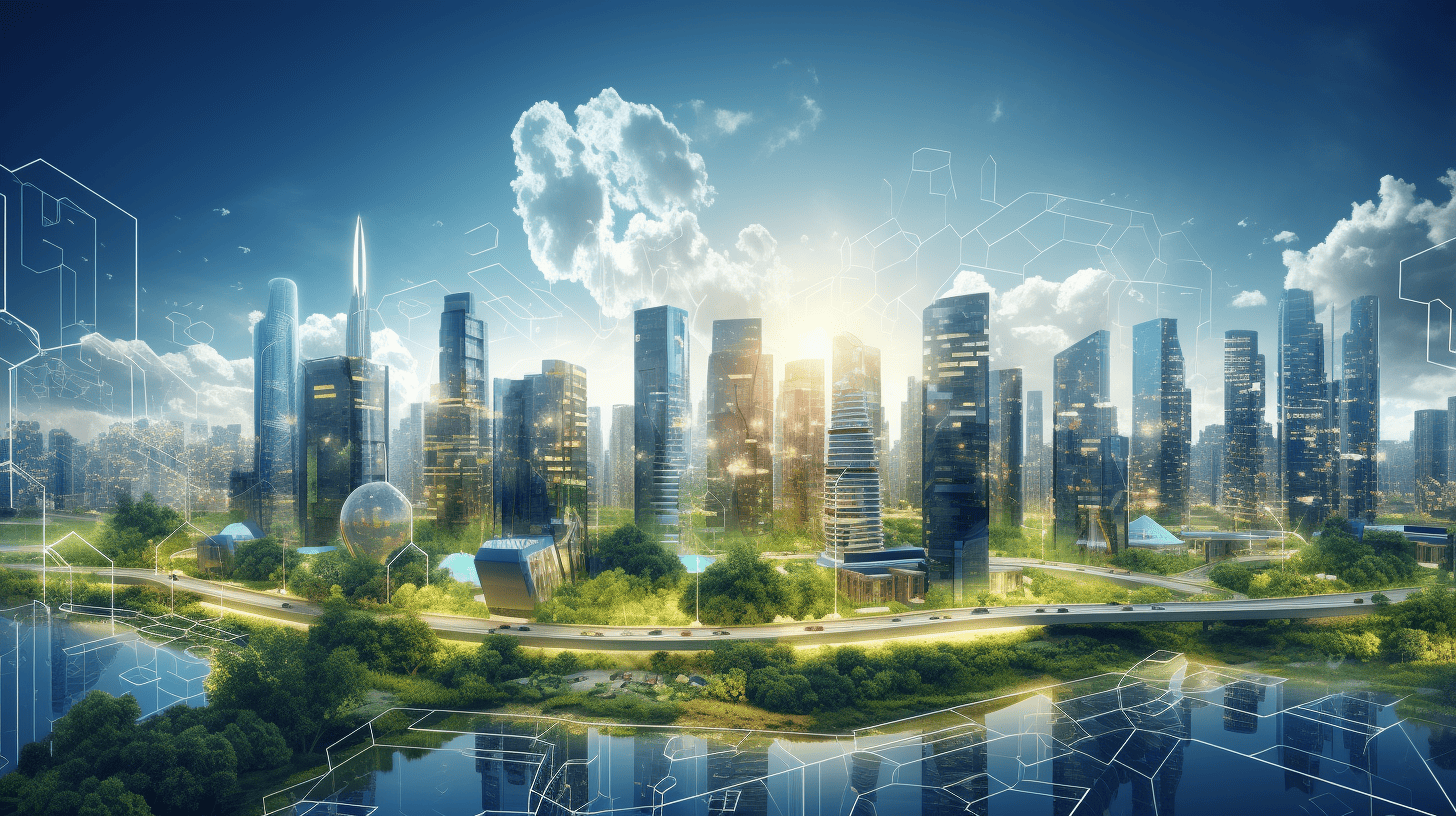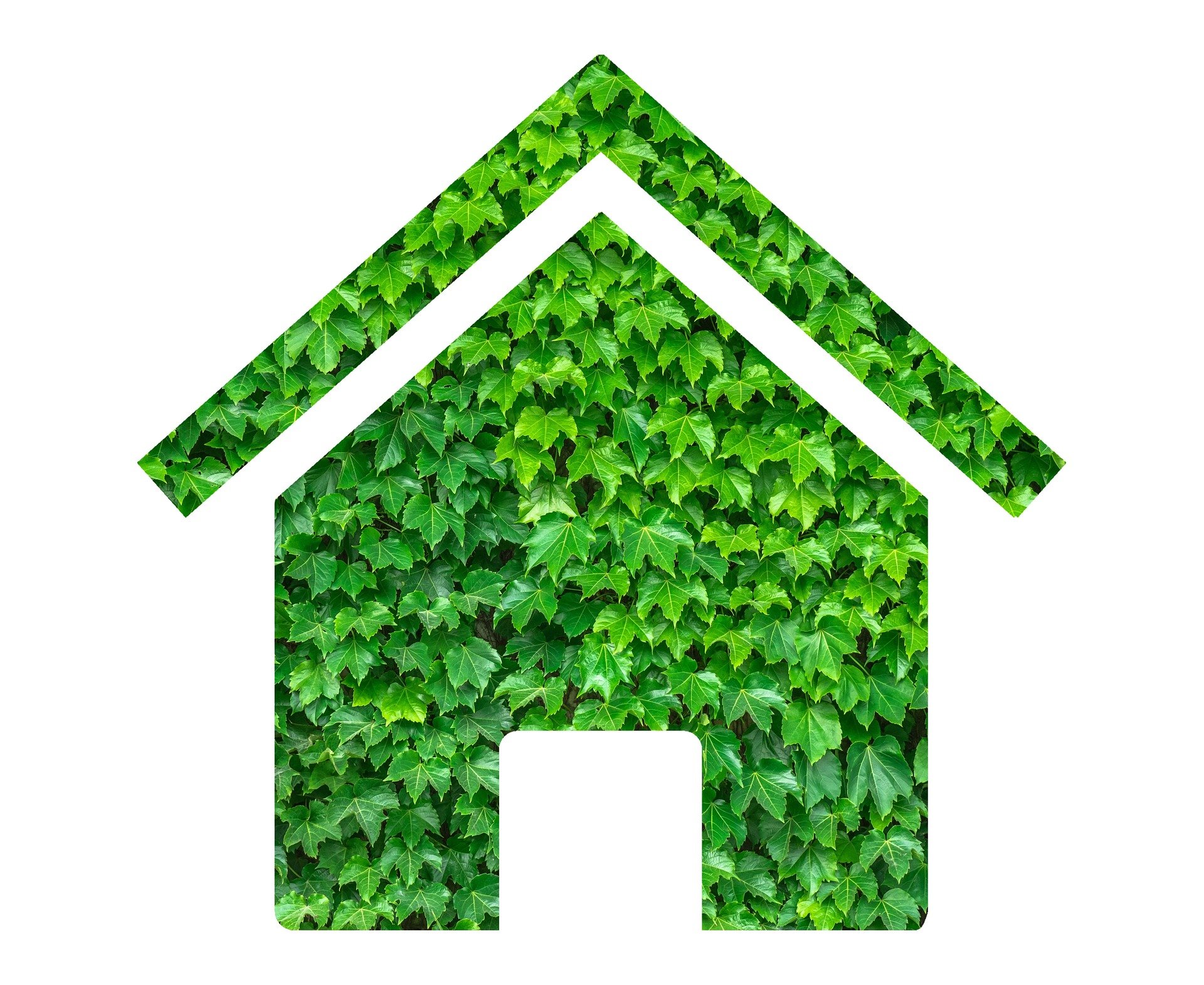
Metropolitan region Eindhoven, the partnership of 21 local authorities, focuses on a number of tasks. These themes (such as housing, mobility, economy and the labour market) form the core of the mission of ‘Metropoolregio Eindhoven’ In ‘worktables’, made up of representatives of the sub-regions and of the organization of the Eindhoven Metropolitan Region, concrete solutions are being sought for all governmental challenges. But the 21 municipalities also have the opportunity to talk to each other about other themes in so-called ‘discussion tables’. Over the past four years, the aldermen have continued to meet each other on the theme of sustainability, and this was mainly due to Paul van Liempd, alderman in Waalre. Just before the elections, we look back and check the results.
If one talks about sustainability in the Metropolitan region, it doesn’t take much time before the conversation arrives at the role Paul van Liempd plays. As the leader of the discussion table for sustainability, he has done everything he could to get the region moving. Sometimes by setting a good example in his hometown Waalre, sometimes by putting one of his fellow aldermen on stage; sometimes with all 21 and sometimes with only some of them – as last week with the establishment of the Green Zone. His commitment and reputation are undisputed, both for the municipality of Waalre and for the entire region. He would like to go on after the elections, but still, given the political climate, it remains to be seen whether the voters will reward him for his results, on 21 March.
The survival of the discussion table itself is not dependent on this for the time being – the 21 municipalities have just promised once again to reserve the costs (500 euros per year per municipality) for 2018 as well. “Of course, this is not a large amount, but it does indicate something about the involvement of the whole region with this theme”, says Van Liempd. “We meet four times a year, each time in a special location directly related to the theme we are talking about. The fact that this results in useful and inspiring meetings is evident from the turnout: we have never been under 80%.”
The main objective of the Sustainability Discussion Table is to exchange knowledge about developments and projects in the broad field of sustainability. The municipality of Waalre, the initiator of this table, organizes the meetings. Projects are often first discussed and then taken up by one or more municipalities in the region. Van Liempd calls it best-practice meetings, where aldermen hear about initiatives which they can also use ‘at home’ as well. In recent years, visits have been made to Solliance in Eindhoven, a project to combat electricity grid pollution in Gemert, Geothermie in Mol, the Metalot energy park in Budel-Dorplein, Venco Campus in Eersel, the Automotive Campus in Helmond and the sports park in Reusel-De Mierden. There was also attention for the waste bike in Waalre itself. Van Liempd: “And we end each meeting with the same question: What did we learn and what are we going to do with it now?”
Although Van Liempd has not kept a list of the effects of all these encounters, he sees around him what it all brings. “I hear the reactions of my fellow aldermen: there are always things that are not yet well known enough, there is always something useful. This is logical, of course, because we are all facing the same kind of problems, so there is always another municipality where this problem has been tackled just a little bit earlier. It is about identifying these points, learning about them and then developing specific action.”
Concrete examples? It doesn’t take Van Liempd a second to name them. Making homes more sustainable, facilitating large-scale solar parks, improving insight into the possibilities of wind and geothermal energy, taking steps to create a ‘waste-free society’ and collaborating in tendering procedures for waste management.
Many of these projects come together in the “Energy Opportunities Map“. The map shows the contours for a new interpretation of our future energy needs. The areas where wind turbines could come, or solar fields, biomass plants, and geothermal power stations. Later, the locations will be added for the storage of the energy that has been collected there, but for the time being there is not yet a clear picture of this.



